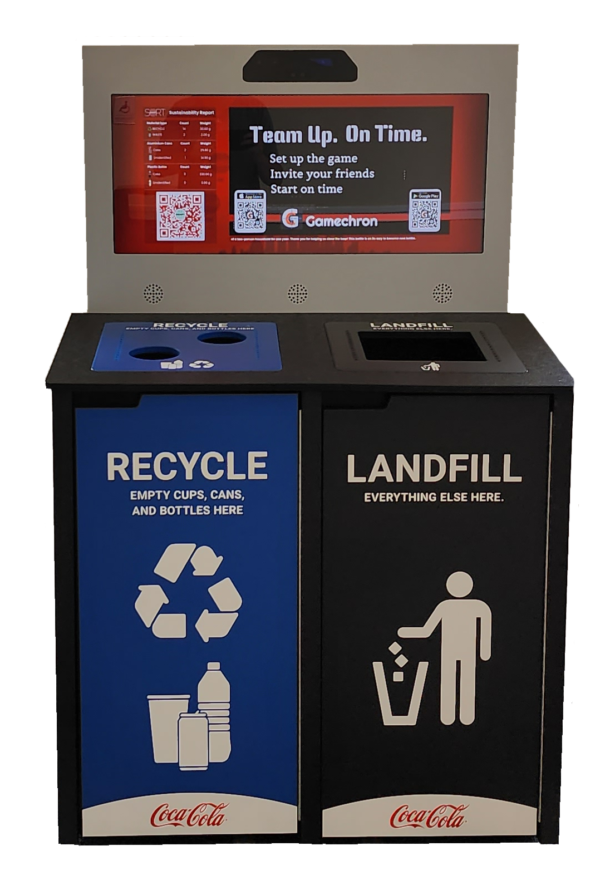With the world’s population expected to reach 8.6 billion by 2030, waste generation is inevitably on the rise. The volume of waste sent to landfill and the devastating impact this has on the environment – and our health – is alarming, to say the least.
While a surge in media coverage and education initiatives around global warming has made us more environmentally conscious, initiating a recycling frenzy in certain communities, the growing population presents a bigger challenge. Not only does the increase in waste generation drive landfill, but the mounting demand for food and consumer products means global energy demand – and, in turn, pollution – is on the up.
More fossil fuels will be required to satisfy consumer demands – on both a personal and commercial level. Manufacturing will be on the rise; more coal and natural gas will be used to produce electricity for factories, offices, and homes; and transport growth will drive fuel consumption and emissions of air pollution.
With our environment under threat, substantial measures to reduce landfill and cut global warming emissions are more critical than ever
Waste to Energy – A Waste Management Revolution?
Not only has recycling become a key growth sector, but experts are seeking new ways to tackle the problem. Enlightened minds, innovative technologies, and the health of our planet at stake are driving a waste management revolution.
Waste to energy (WtE) is an emerging series of technologies designed to generate energy from waste with minimum damage to the environment. While still in its infancy, the global WtE industry is projected to exceed $43 billion by 2024.
The range of waste products that can be converted to energy in the form of electricity and/or heat is widespread and includes:
- Biomass or biogenic waste, such as food, garden waste, paper, cardboard, wood, and leather.
- Non-biomass combustible materials, such as plastics and synthetic materials made from petroleum.
- Non-combustible materials, such as metals and glass.
This conversion of waste into a fuel source can be achieved through a range of processes:
- Incineration: This is currently the most common method for processing waste into fuel and involves burning organic waste at high temperatures. The heat generated during this process is used to create energy. While the emissions released during the incineration process are a widely debated topic, modern incineration facilities use specialized equipment to prevent the release of harmful gas into the environment.
- Gasification: This process uses high temperatures to convert organic carbonaceous waste into carbon monoxide and carbon dioxide, with the use of oxygen and/or steam. Combustion does not occur with this process, but renewable energy is produced in the form of syngas, a renewable energy source that can be turned into transportation fuels, fertilizers, and chemicals.
- Pyrolysis: Using high temperatures, pyrolysis is the thermochemical decomposition of organic waste to produce renewable energy (in the form of solids, liquids, and gas), to be used as a fuel source.
- Anaerobic Digestion: This is a set of biological processes in which microorganisms break down biodegradable waste into biogas, without the use of oxygen. Biogas can be processed into renewable natural gas or used as a transportation fuel. It can also be used to generate electricity and/or heat.
- Landfill Gas Recovery: As landfill waste decomposes, it produces methane. Left untreated, methane is harmful to the environment, however, when safely extracted and processed, it can be used to create electricity.




